Optimal Timing for Undergrowth Removal
Undergrowth removal is most effective when performed during specific times of the year, depending on local climate and plant growth cycles. Proper timing can enhance the effectiveness of removal efforts and reduce regrowth. Understanding seasonal patterns is essential for optimal results.
Spring is ideal for undergrowth removal as plants are actively growing, making it easier to identify and remove invasive species before they seed.
Summer removal can be effective but may require additional precautions due to higher temperatures and increased plant growth.
Fall offers a good window for removal as plants begin to die back, allowing for easier clearing and reducing the chance of regrowth.
Winter is generally less suitable due to dormancy in many plants, but in some regions, it may be used for maintenance or removal of dormant species.

Image depicting active spring undergrowth removal efforts.
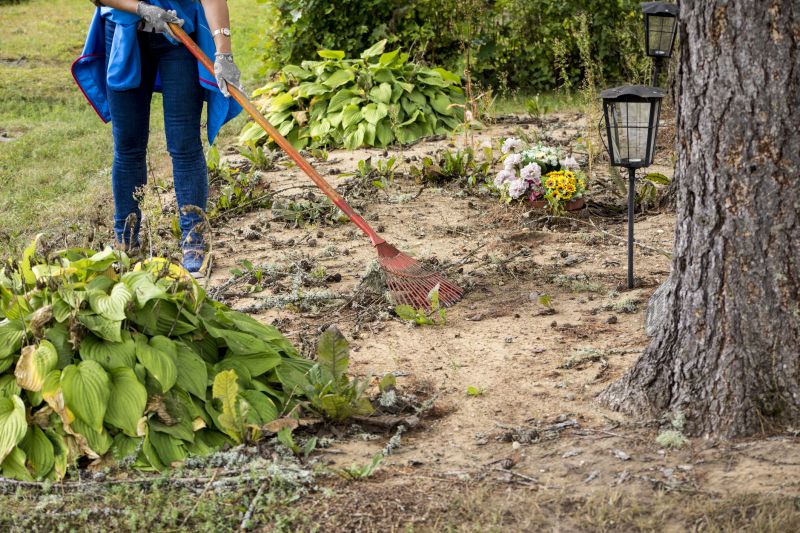
Image showing tools and techniques used during summer undergrowth removal.

Image illustrating fall season undergrowth clearing.
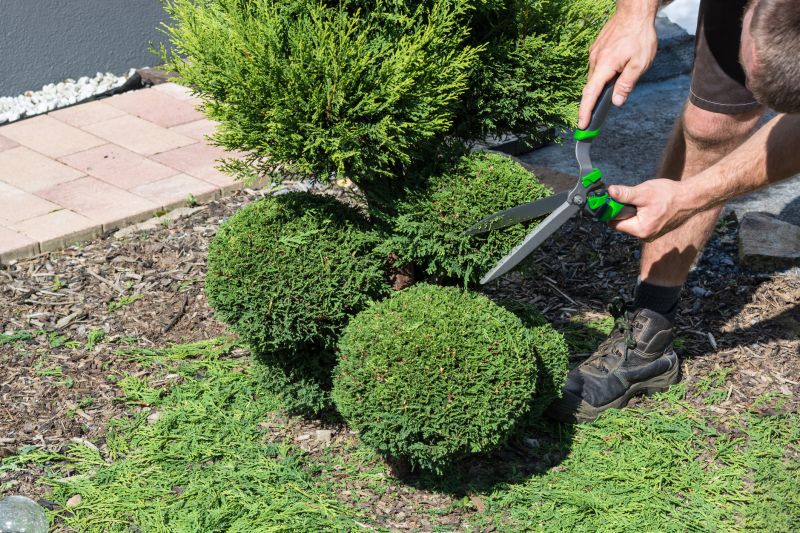
Ways to make Undergrowth Removals work in tight or awkward layouts.
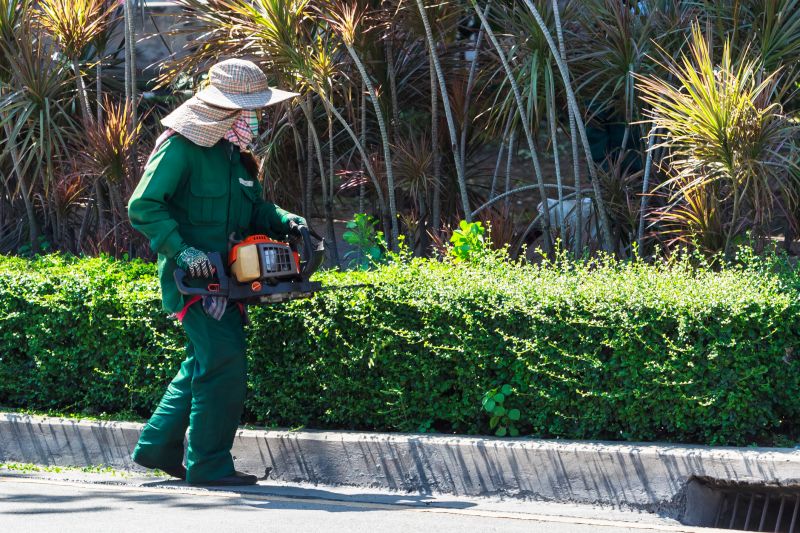
Popular materials for Undergrowth Removals and why they hold up over time.
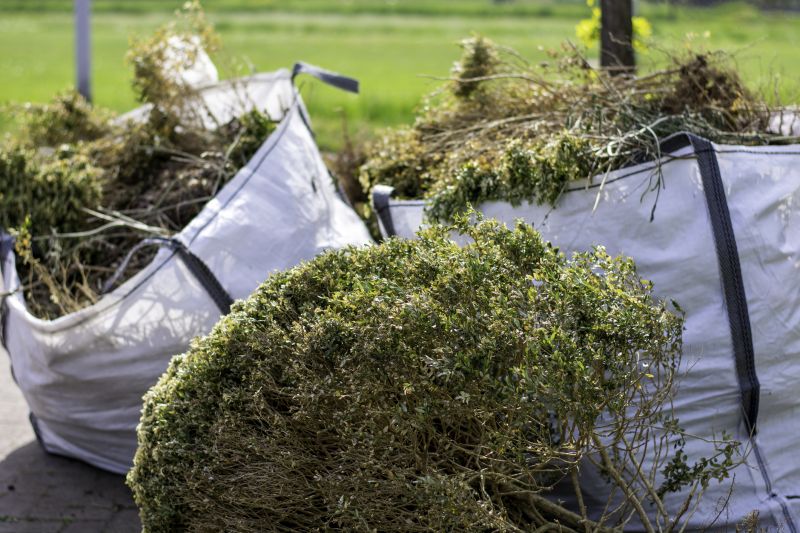
Simple add-ons that improve Undergrowth Removals without blowing the budget.
Undergrowth removal involves clearing dense vegetation that can hinder land use, promote invasive species, or pose fire hazards. Proper timing ensures the removal process is efficient and minimizes regrowth. Different seasons offer unique advantages and challenges, making seasonal awareness crucial for land management.

Image showing cleared land after undergrowth removal.

Image of tools used for undergrowth removal.

Image depicting regrowth of vegetation in different seasons.

Image of ongoing maintenance post-removal.

High-end options that actually feel worth it for Undergrowth Removals.
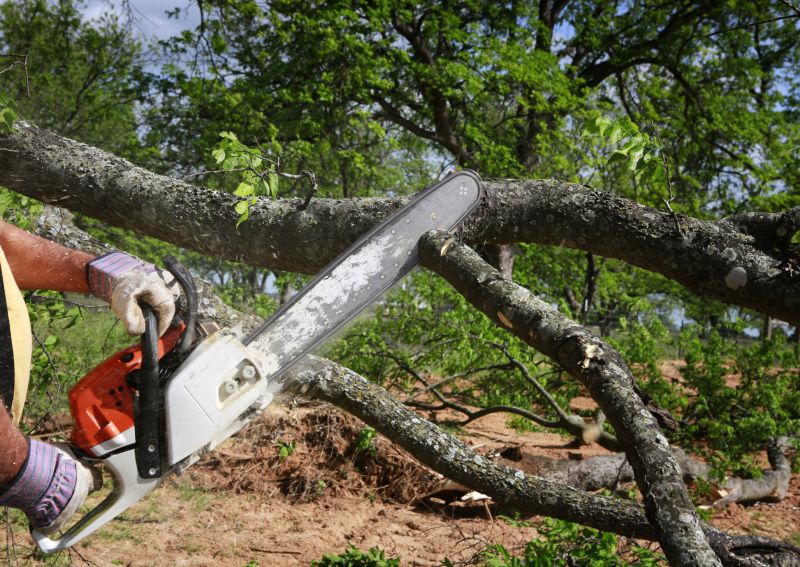
Finishes and colors that play nicely with Undergrowth Removals.
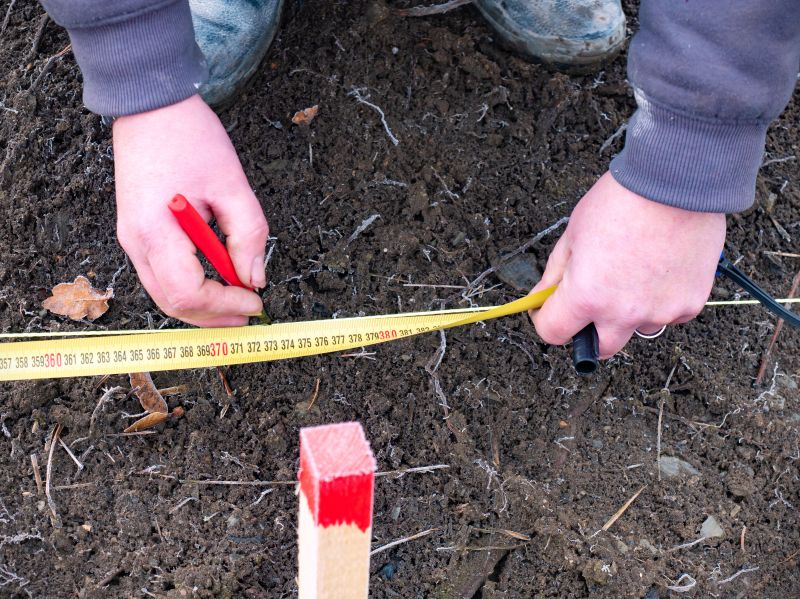
Little measurements that prevent headaches on Undergrowth Removals day.
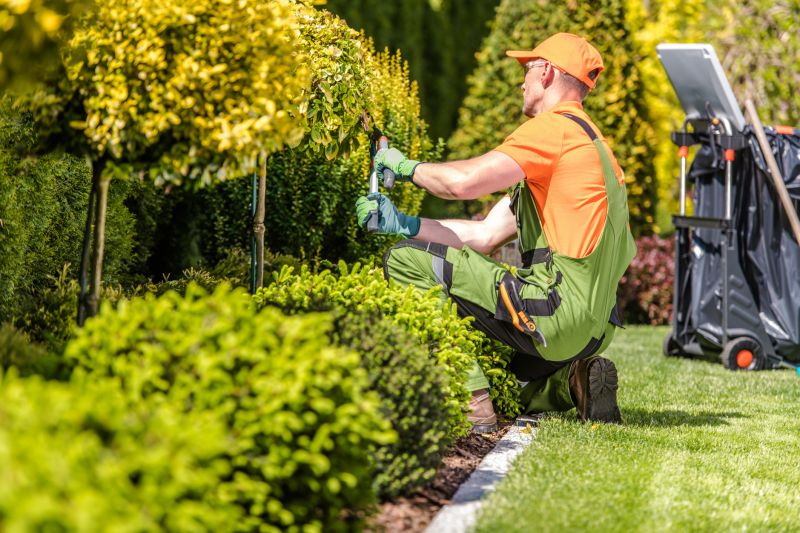
A 60-second routine that keeps Undergrowth Removals looking new.
| Season | Optimal Activities |
|---|---|
| Spring | Active removal to prevent seed dispersal and invasive spread. |
| Summer | Maintenance and targeted removal during active growth. |
| Fall | Clearing before winter dormancy, reducing regrowth. |
| Winter | Limited removal; focus on maintenance or dormant plant removal. |
Choosing the right time for undergrowth removal depends on local climate conditions and specific vegetation types. Proper scheduling can lead to more effective land management, reduced invasive species, and safer, more accessible land areas. Regular assessments can help determine the best seasonal window for each property.

Image of springtime undergrowth removal activity.

Image showing summer undergrowth management.
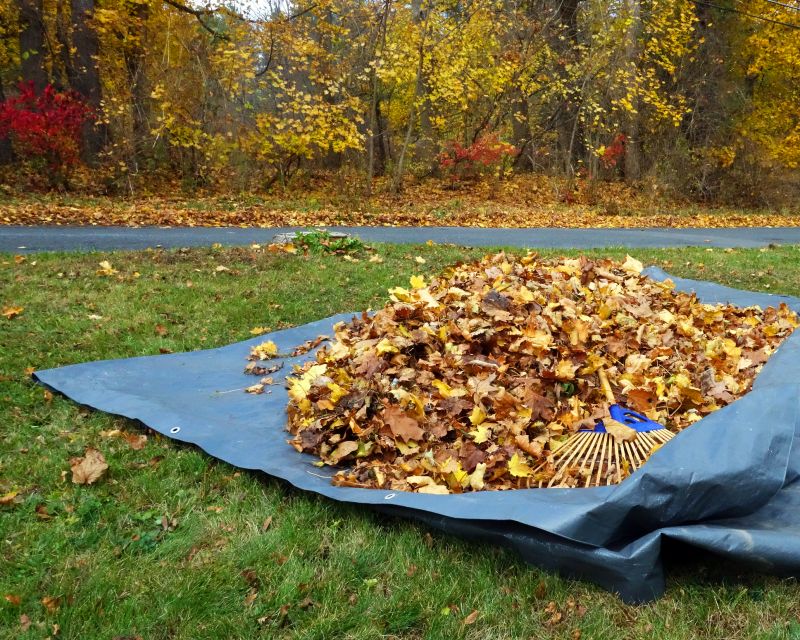
Image illustrating autumn undergrowth clearing.

A frequent mistake in Undergrowth Removals and how to dodge it.
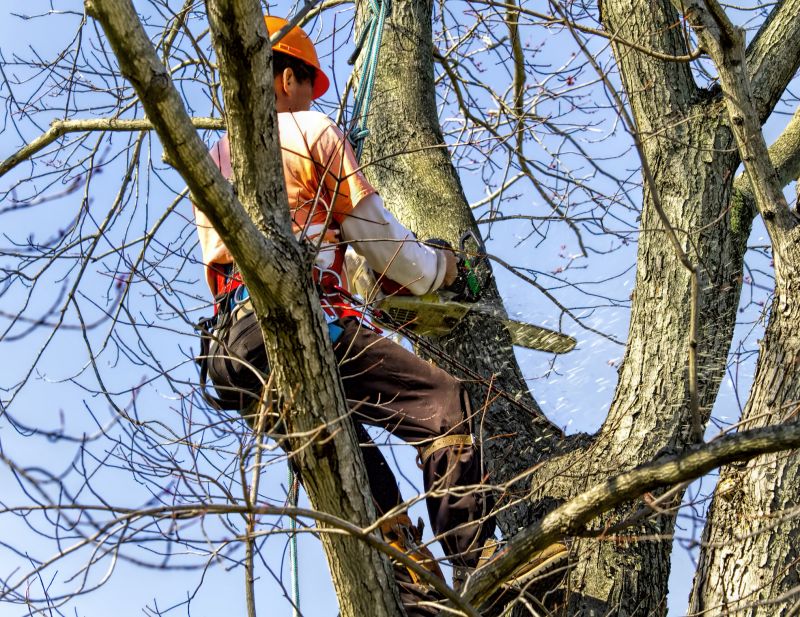
Small tweaks to make Undergrowth Removals safer and easier to use.

Lower-waste or water-saving choices for Undergrowth Removals.
Interested in scheduling an undergrowth removal? Filling out the contact form provides an opportunity to discuss timing options and land management strategies tailored to specific needs.
